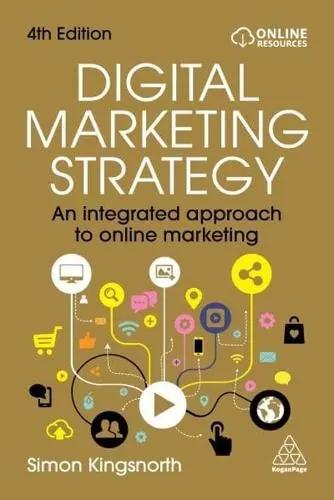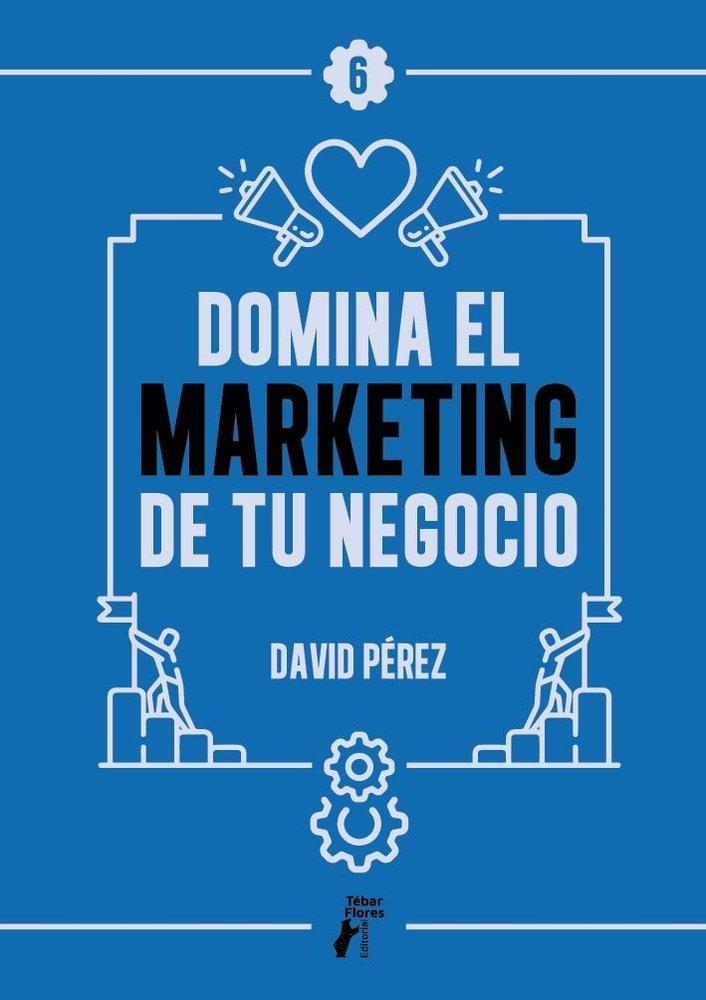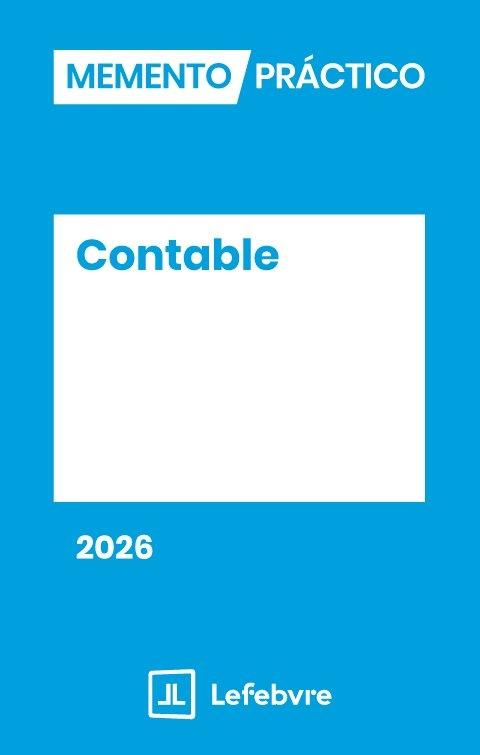About the Authors
Prologue
Part One Introduction: Business Operating Activities
Chapter 1 Accounting and Business
Accounting: Who Needs It?
Business Today
Customer-Focused Operations
Global Markets
Manufacturing and Communication Advances
E-Business
Business and Accounting: Together Forever
Ancient Babylonia
Commerce in Old Italy
Pacioli and the Method of Venice
Advent of the Corporation
The Stock Market Crash of 1929
Return to the Present
Generally Accepted Accounting Principles
Statements of Financial Accounting Concepts
International Accounting Standards
Financial Statements
Income Statement
Statement of Owners (Shareholders) Equity
Statement of Cash Flows
Balance Sheet (Statement of Financial Position)
Comprehensive Inome
Report of the Independent Accountant (Auditor)
Relationship of the Financial Statements
Current Ratio
Return on Sales Ratio
Debt-to-Equity Ratio
Codification of GAAP
Summary
Key Terms
Chapter 2 Business Processes and Accounting Information
Management Cycle
Planning Phase
Performing Phase
Evaluating Phase
Business Processes
Business Organization and Strategy Process
Operating Processes
Capital Resources Process
Performance Measurement and Management Process
Balanced Scorecard Approach
Financial Perspective
Internal Perspective
Customer Perspective
Learning and Growth Perspective
Internal Control
Control Environment
Risk Assessment
Control Activities
Information and Communication
Monitoring
Applying Internal Control to Protect Cash
Cash Receipts
Cash Disbursements
Bank Reconciliation
Bank Statement
Bank Reconciliation Process
Summary
Key Terms
Chapter 3 Operating Processes: Planning and Control
Revenue Process
Generate Sales
Receive and Accept Orders
Deliver Goods and/or Services
Receive Payment from Customers
Provide Customer Support
Expenditure Process
Determine the Companys Need for Goods
Select Suppliers and Order Goods
Receive Goods
Pay Suppliers
Conversion Process
Schedule Production
Obtain Direct Materials
Use Labor and Other Manufacturing Resources to Make Products
Store Finished Goods Until Sold
Cost and Revenue Behavior
Behavior Patterns
Relevant Range
Activity Measures
Fixed Costs and Revenues
Variable Costs and Revenues
Mixed Costs and Revenues
Cost/Revenue Estimation Methods
High/Low Method
Summary
Appendix: Linear Regression Analysis
Key Terms
Part Two Planning: Operating Activities
Chapter 4 Short-Term Decision Making
Short-Term Decisions
Cost-Volume-Profit Analysis
Determining the Breakeven Point
Determining the Target Profit Level
Determining the Target Profit Level After Taxes
Sensitivity Analysis
Change in Selling Price
Change in Variable Cost
Change in Fixed Cost
Change in Tax Rate
Relevant Variable Analysis
Sunk Costs Are Never Relevant
Opportunity Costs Are Always Relevant
Incremental Costs and Revenues May Be Relevant
Identify the Alternative Actions
Determine the Relevant Revenues, Costs, and Profit
Choose the Best Alternative
Special Order (Accept-or-Reject) Decision
Outsourcing (Make-or-Buy) Decision
Product Mix (Keep-or-Drop) Decision
Another (More Difficult) Example
Summary
Key Terms
Chapter 5 Strategic Planning Regarding Operating Processes
Revenue Process: Determining the Selling Price
Customers: Customer Perspective
Competitors: Learning and Growth Perspective
Legal and Social Forces: Learning and Growth Perspective
Cost: Internal Process Perspective
Pricing Strategies
Penetration Pricing
Skimming Pricing
Life-Cycle Pricing
Target Pricing
Conversion Process: Determining the Inventory Model
Reasons to Maintain Inventory
Reasons to Not Maintain Inventory
Balancing Ordering and Carrying Costs
Inventory Models
Comparison of Inventory Models
Expenditure Process: Determining the Employee Compensation Package
Paid Compensation
Health and Life Insurance
Paid Leave
Contingent Compensation: Bonuses
Summary
Key Terms
Chapter 6 Planning, the Balanced Scorecard, and Budgeting
Budgeting and Goal Setting
Planning
Communication and Coordination
Resource Allocation
Evaluation and Control
Time and Resource Requirements
Adaptability of Departments and Segments
Motivation and Behavior of Individuals
Mandated versus Participatory Budgeting
Mandated Budgeting
Participatory Budgeting
Incremental Budgeting versus Zero-Based Budgeting
Incremental Budgeting
Zero-Based Budgeting
Master Budget
Revenue Process Planning
Balanced Scorecard Goals
Sales Budget
Cash Receipts Schedule
Accounts Receivable Schedule
Marketing and Distribution Budget
Conversion Process Planning
Balanced Scorecard Goals
Production Budget
Expenditure Process Planning
Balanced Scorecard Goals
Budgeting for Human Resources
Administrative Budget
Cash Disbursements Schedule
Accounts Payable Schedule
Summary
Appendix: Conversion Process Planning
Balanced Scorecard Goals
Production Budget
Direct Labor and Manufacturing Overhead Budget
Direct Materials Purchases Budget
Key Terms
Part Three Recording and Evaluating: Operating Activities
Chapter 7 Accounting Information Systems
Manual Accounting Systems
Accounting Events
Chart of Accounts
Journalizing
Posting
Adjusting Entries
Closing Entries
Comprehensive Example
Computer-Based Transaction Systems
Database Systems
Summary
Key Terms
Chapter 8 Purchasing/Human Resources/Payment Process: Recording and Evaluating Expenditure Process Activities
Expenditure Process
Special Journals and Subsidiary Ledgers
Special Journals
Subsidiary Ledgers
Inventory
Perpetual versus Periodic Inventory Systems
Gross versus Net Price Methods
Purchasing Inventory
Reporting Inventory Purchase and Payment Events
Human Resources
Withholdings from Employees
Employer Taxes
Accounting Events in the Payroll Process
Reporting Human Resource Events
Other Expenditure Process Activities
Cash Outflow before Expense (Assets Created)
Expense before Cash Outflow (Liabilities Incurred)
Expense Concurrent with Payment
Reporting Other Expenditure Process Activities
Financial Statements and the Expenditure Process
Estimating Cash Paid for Inventory
Estimating Cash Paid for Operating Expenses
Internal Evaluation of Expenditure Process Events
Summary
Key Terms
Chapter 9 Recording and Evaluating Conversion Process Activities
Manufacturing Inventories
Recording Raw Material Activities
Recording Labor Activities
Recording Manufacturing Overhead Events
Actual Manufacturing Overhead
Applied Manufacturing Overhead
Overhead Application Process Using ABC
Over- and Underapplied Manufacturing Overhead
Recording Finished Goods
Reporting Conversion Process Events
Internal Evaluation of Conversion Process Events
Direct Labor Variance Analysis
Direct Materials Variances
Summary
Key Terms
Chapter 10 Marketing/Sales/Collection/Customer Support Process: Recording and Evaluating Revenue Process Activities
Revenue Recognition
Revenue Recognized When Cash Collected
Revenue Recognized before Cash Collected (Asset Created)
Revenue Recognized after Cash Received (Liability Incurred)
Sales Returns and Allowances
Sales Discounts
Cost of Goods Sold
Specific Identification Method
First-In, First-Out (FIFO) Method
Last-In, First-Out (LIFO) Method
Periodic Inventory System and Cost Flow Assumptions
FIFO, LIFO, and GAPP External Reporting
Estimating Uncollectible Credit Sales
Proper Income Measurement
Proper Asset Valuation
Recording Estimated Uncollectible Accounts
Recording Actual Uncollectible Accounts
Reporting Revenue Process Events
Estimating Cash Receipts from Customers
Internal Evaluation of Revenue Process Events
Revenue Variances
Summary
Key Terms
Part Four Introduction: Capital Resource Process Activities
Chapter 11 Time Value of Money
Return
Time Considerations
Initial Investment Considerations
Rate of Return
Expected Rate of Return
Risk
Attitudes toward Risk
Types of Risk
Risk/Return Relationship
Risk Premiums
Risk/Return and Investors Money
Time Value of Money
Simple and Compound Interest
Future Value of the Amount of $1
Present Value of the Amount of $1
Annuities
Future Value of an Annuity
Present Value of an Annuity
How to know which tools to use
Step 1. Determine Whether the Problem Is an Annuity
Step 2. Determine Whether the Problem Is Present or Future Value
Step 3. Identify the Missing Element
Step 4. Solve for the Missing Element
More Time Value of Money Problems
Summary
Key Terms
Appendix: Time Value of Money Tables
Part Five Planning: Capital Resource Process Activities
Chapter 12 Planning Investments: Capital Budgeting
The Capital Budgeting Process
Identifying Long-Term Investment Opportunities
Tie to Business Organization and Strategy Process
Selecting Appropriate Investments
Net Present Value Analysis
Assumptions of NPV
Source of Cash Flows
Uneven Cash Flows
Income Taxes
Tax Shield
Gains and Losses on Disposal of Assets
Comprehensive Example
Payback Method
Other Issues
Human Judgment
Uncertainty
Qualitative/Ethical Factors
Capital Expenditures and Budgeting
Summary
Key Terms
Chapter 13 Planning Equity Financing
Tie to Business Organization and Strategy Process
Debt versus Equity Financing
Risk of Debt Financing
Debt-to-Equity Ratio
Times Interest Earned Ratio
Reward of Debt Financing
Return on Owners Equity Ratio
Reward of Equity Financing
Risk of Equity Financing
Equity Financing
Sole Proprietorships and Partnerships
Corporations
Planning for Partnership Equity
Partnership Income Allocations
Other Changes in Capital
Planning Corporate Equity
Common Stock
Preferred Stock
Return on Common Equity
Stock Shares
Stock Values
Dividends
Dividend Dates
Stock Splits
Corporate Equity Planning and Budgeting
Summary
Key Terms
Chapter 14 Planning Debt Financing
Debt Financing
Long-Term Debt Instruments
Periodic Payment (Installment) Note
Lump-Sum Payment (Noninterest-Bearing) Note
Periodic Payment and Lump-Sum Note
Comparison of the Three Types of Notes
Sources of Debt Financing
Nonpublic Funding
Collateral
Leases
Public Funding: Bonds
Comprehensive Example: Chapters 12 through 14
Summary
Key Terms
Part Six Recording and Evaluating Capital Resource Processes
Chapter 15 Recording and Evaluating Capital Resource Process Activities: Financing
Review of Transaction-Based Accounting Systems
Equity Financing Activities
Contributions by Owners (Shareholders)
Corporate Earnings
Corporate Distributions
Financial Statements and Owners Equity Activities
Debt Financing Activities
Installment Notes Payable
Noninterest-Bearing Notes Payable
Bonds Payable: Market Rate Greater Than the Face Rate
Bonds Payable: Market Rate Less Than the Face Rate
Bonds Payable: Market Rate Equal to the Face Rate
Accounting for Leases
Financial Statements and Financing Activities
Internal Evaluation of Financing Activities
Summary
Key Terms
Chapter 16 Recording and Evaluating Capital Resource Process Activities: Investing
Plant Assets
Acquisition of PPE
Use of PPE
Depreciation
Other PPE Usage Issues
Disposal of PPE
Discard PPE
Sell PPE
Exchange PPE
Exchanges When No Gains and Losses Are Recorded
Natural Resources
Intangible Assets
Nonoperational Investments
Internal Evaluation of Investment Activities
Summary
Key Terms
Part Seven Evaluating: Operating and Capital Resource Processes
Chapter 17 Company Performance: Profitability
Purpose of the Income Statement
GAAP and Comprehensive Income
What Are Earnings?
Earnings per Share
Calculating Earnings per Share
Calculating Diluted Earnings per Share
Other Earnings per Share Disclosures
Other Required Income Statement Disclosures
Reporting Issues Concerning the Income Statement
Historical Cost and Conservatism
Cost Allocations
Full-Absorption Costing
Internal Profitability Reporting
Variable and Throughput Costing Methods
Product Line (Divisional) Income Reports
Return on Investment for the Division
Du Pont Method of Return on Investment
Summary
Key Terms
Chapter 18 Company Performance: Owners Equity and Financial Position
Statement of Comprehensive Income
Statement of Shareholders Equity
Retained Earnings
Other Disclosures
Statement of Financial Position (Balance Sheet)
What Is Financial Position?
Why is the Distinction between Current and Noncurrent Items Important?
Balance Sheet Classifications
Assets
Liabilities and Shareholders (Owners) Equity
Internal Financial Position Reporting
Summary
Key Terms
Chapter 19 Company Performance: Cash Flows
GAAP and the Statement of Cash Flows
Purpose of the Statement of Cash Flows
Sections of the Statement of Cash Flows
Operating Activities: Cash Flows
Brief Comparison of the Direct and Indirect Methods
Calculation of Operating Cash Flows: Direct Method
Calculation of Operating Cash Flows: Indirect Method
Comparison of Direct and Indirect Methods
Apples Operating Cash Flows
Investing Activities: Cash Flows
Calculating Investing Cash Flows
Investing Cash Flows of Apple
Financing Activities: Cash Flows
Calculating Financing Cash Flows
Financing Cash Flows of Apple
Net Change in Cash
Other Investing and Financing Activities
Internal Evaluation of Cash Flows
Summary
Key Terms
Chapter 20 Company Performance: Comprehensive Evaluation
External Stakeholders
Creditors and Investors
Society
Trading in Capital Markets
Information in Capital Markets
Issues to Consider
Role of Independent Auditor
Annual Report Analysis
Studying the Financial Statements
Industry Analysis
Statement Analyses
Vertical Analysis
Horizontal Analysis
Ratio Analysis
Other Information
Managements Letter to Shareholders
Segment and Quarterly Data
Auditors Report
Summary
Key Terms
Appendix Apples 2017 Financial Statements and Accompanying Notes
Index













